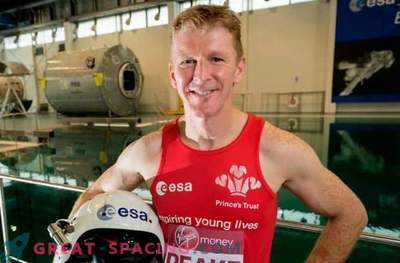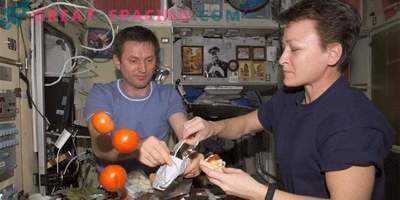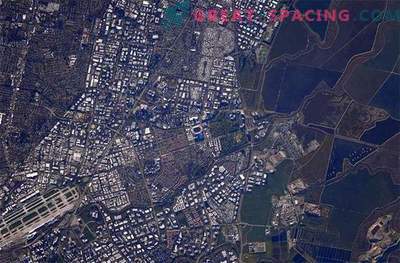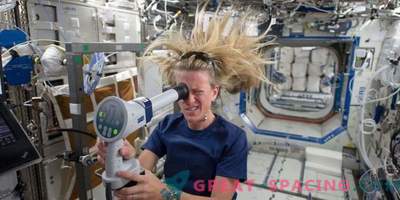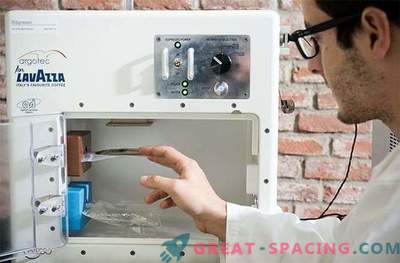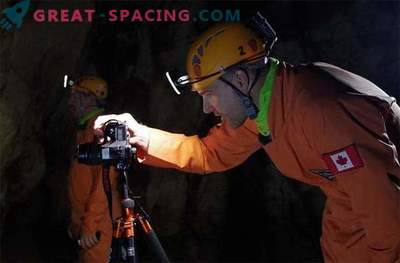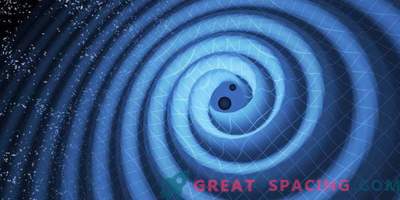
Although there is no gravity pressure, astronauts aboard the ISS can understand how the runners of the New York Marathon feel. However, weightlessness confronts them with difficulties of a different kind.
Michael Hopkins, NASA astronaut, 46-year-old Air Force Colonel, who worked as a flight engineer on the ISS from September 2013 to March 2014, said that running on a station treadmill was often more like an exercise for carrying weights than on the heart.
The space treadmill has special belts and elastic cords so that astronauts can be in one place while running.
“The hardest thing for me is to increase the load with belts. If you give a load of, say, a quarter of your weight, it is not so difficult, but I tried to get closer to my own weight. The entire load falls on your shoulders and hips, ”said Hopkins Discovery News.
“Imagine, in my case, I weigh 185 pounds, and it feels like a 150-pound backpack on my back while running here on Earth. The belts start crashing into the shoulders and hips. You feel this pressure, this mass that weighs on you. Shoulders start to hurt, so sometimes you have to stop and squat in order to take this load off your shoulders and just float in the air near the treadmill to relax a bit. For me, this is probably the hardest part of a running workout, ”he said. Another feature of the microgravity exercise is that your sweat does not roll down your face and falls to the ground.
“He definitely behaves differently. You are covered with a thin layer of sweat that stays on your hands, neck and head. You can feel it going around your eye sockets, for example. It sticks to you, so I always had a towel with which I wiped myself, ”said Hopkins.
Astronauts usually spend on exercises from two to two and a half hours a day. This is part of the mandatory protocol for reducing muscle and bone depletion and other dangerous side effects of prolonged exposure to space.
“The longest distance that I ran there was 12 miles, and it took me about 90 minutes, that is, one turn around the Earth,” said Hopkins. “I like to tell people that I ran around the Earth.”
In 2007, NASA astronaut Sunita Williams spent more than 4 hours on the treadmill station to support the Boston Marathon, becoming the first person to run a marathon in space.
Williams completed a distance of 26.2 miles (42 kilometers) in 4 hours and 24 minutes.
The New York City Marathon will take place this Sunday. It is expected that more than 50 thousand runners will take part in it.

